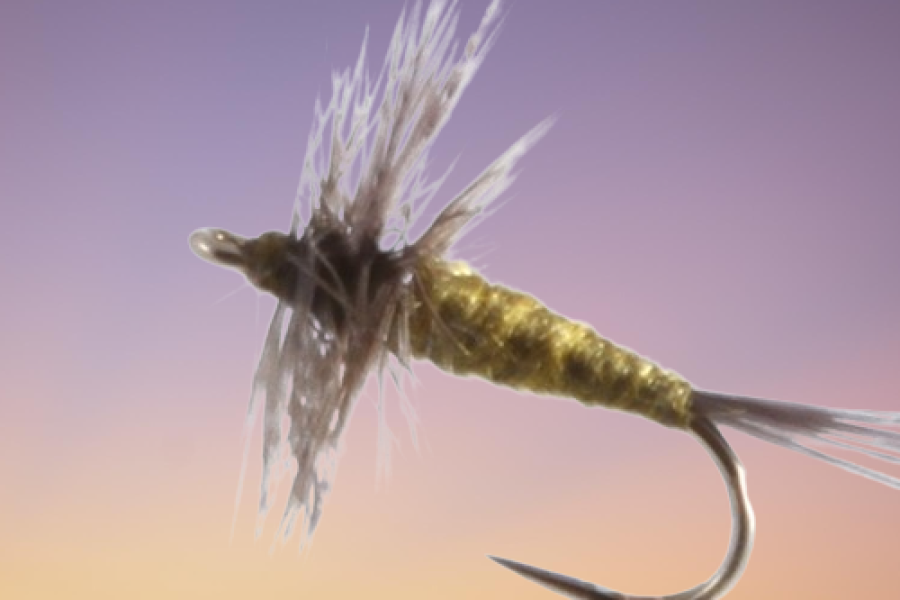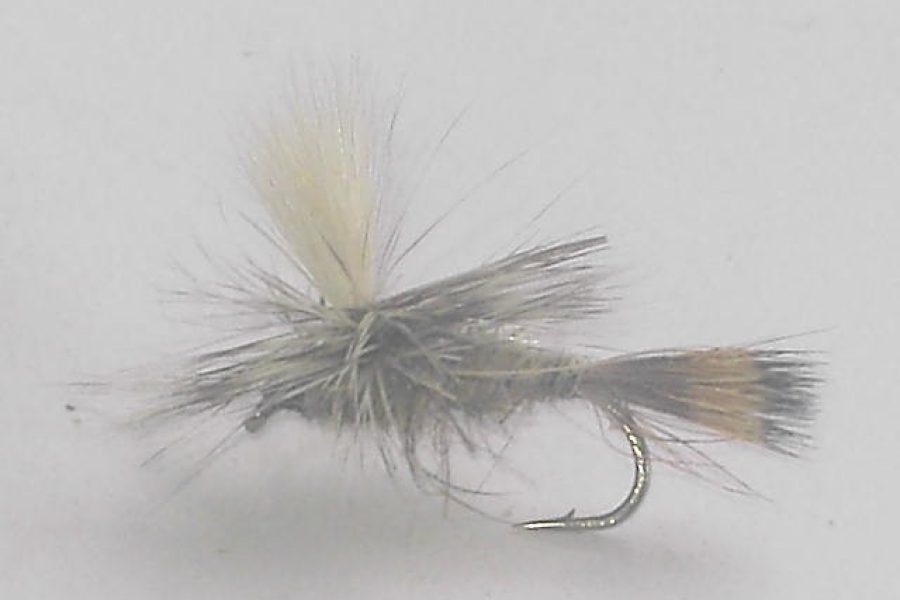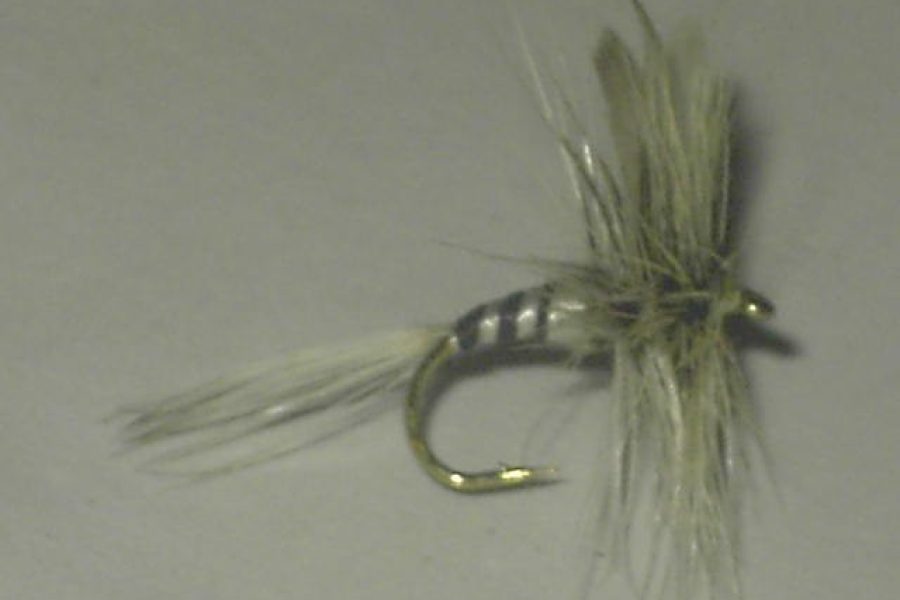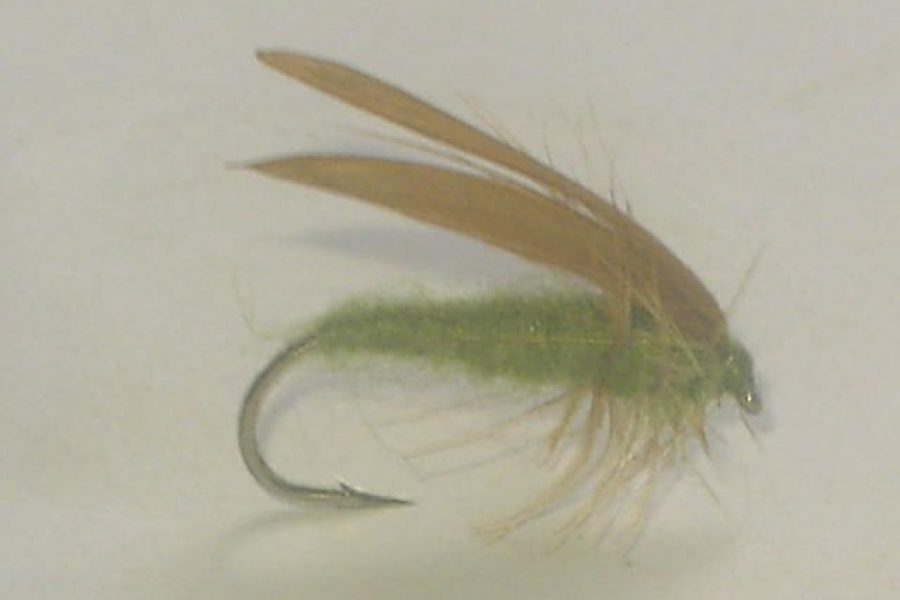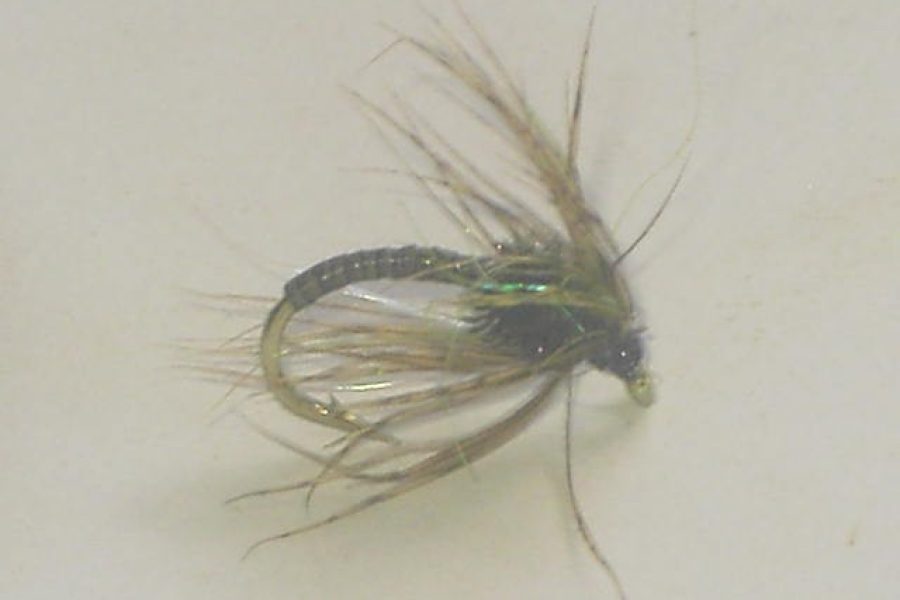Description
Historical Significance and Pattern Evolution The Jingler Specialist Dry Fly represents a masterful imitation of the Large Dark Olive and is often mistaken for a March Brown pattern. This versatile fly has become a cornerstone pattern for early-season fishing, particularly effective during the first significant hatches of the year. Originally developed as a specialized pattern for selective trout, it has evolved to become one of the most reliable dry flies for both early spring (March/April) and late season (September/October) fishing.
Premium Materials and Construction Details Essential Materials List:
- Hook: Light-wire dry fly hook (sizes 12-14)
- Thread: Olive or brown 8/0
- Tail: Badger cock fibers
- Body: Olive or brown dubbing
- Wing: High-quality hackle tips
- Thorax: Darker dubbing
- Hackle: Badger or brown cock
- Rib: Fine gold wire (optional)
- Head: Thread with clear finish
- Optional: CDC for enhanced flotation
Material Selection Considerations:
- Hook size matches natural insects
- Thread strength affects durability
- Tail fiber quality crucial
- Body dubbing creates proper profile
- Wing material selection important
- Hackle quality determines float
- Rib material adds segmentation
- Head finish protects materials
- Material preparation affects profile
- Storage conditions preserve materials
Detailed Tying Instructions Preparation Steps:
- Select appropriate hook size
- Choose quality hackle
- Prepare tail fibers
- Select dubbing
- Organize workspace
- Check tools
- Plan proportions
- Review pattern
- Test thread strength
- Prepare materials
Step-by-Step Tying Sequence:
- Start thread behind eye
- Create uniform thread base
- Tie in tail fibers
- Form tapered body
- Add ribbing if desired
- Tie in wing
- Add hackle
- Build neat head
- Whip finish
- Apply head cement
- Check proportions
- Test flotation
Advanced Fishing Techniques Presentation Methods:
- Dead drift presentation
- Slight twitches
- Downstream drift
- Upstream presentation
- Cross-current fishing
- Film fishing
- Current seam presentation
- Structure approaches
- Pattern combinations
- Selective fish tactics
Water Reading Skills:
- Identify feeding lanes
- Recognize current breaks
- Spot rising fish
- Detect surface activity
- Read water clarity
- Locate prime lies
- Find transition zones
- Identify temperature breaks
- Track fish movement
- Monitor insect activity
Seasonal Strategies Early Season (March/April):
- Match early hatches
- Focus on warming water
- Target active fish
- Adjust presentation
- Monitor temperatures
- Watch for rises
- Follow fish movement
- Time presentations
- Adapt to conditions
- Match natural drift
Peak Season Applications:
- Early morning fishing
- Late evening sessions
- Target prime water
- Focus on hatches
- Match daily patterns
- Observe feeding windows
- Adjust to conditions
- Monitor water levels
- Watch temperatures
- Time presentations
Late Season (September/October):
- Match autumn hatches
- Target feeding fish
- Adjust presentation style
- Watch water conditions
- Monitor temperatures
- Follow movement patterns
- Adapt to weather
- Time efforts effectively
- Match natural drift
- Adjust techniques
Technical Rigging Considerations Leader Construction:
- Long, tapered leaders
- Quality tippet material
- Proper diameter selection
- Breaking strength considerations
- Length adjustments
- Material choices
- Knot selection
- Visibility factors
- Float characteristics
- Setup variations
Terminal Tackle:
- Direct connection methods
- Leader construction
- Line control
- Strike detection
- Float adjustment
- Pattern spacing
- Drift control
- Presentation angles
- Setup modifications
- Tippet selection
Habitat-Specific Tactics Water Types:
- Freestone streams
- Spring creeks
- Tailwaters
- Small brooks
- Large rivers
- Mixed waters
- Clear streams
- Pocket water
- Riffles
- Pools
Specific Locations:
- Feeding lanes
- Current seams
- Structure edges
- Bank water
- Mid-stream
- Transitions
- Drop-offs
- Shallow flats
- Deep runs
- Protected areas
Advanced Presentation Methods Traditional Techniques:
- Upstream dry fly
- Downstream presentation
- Cross-current drift
- Reach cast
- Pile cast
- Parachute cast
- Aerial mend
- Stack mend
- Curve cast
- Wiggle cast
Modern Adaptations:
- Multiple fly rigs
- Indicator techniques
- Film fishing methods
- Edge water tactics
- Structure approaches
- Pattern combinations
- Presentation modifications
- Depth control
- Speed variations
- Drift management
Pattern Variations Size Considerations:
- Match natural insects
- Consider water type
- Adapt to pressure
- Account for clarity
- Follow seasonal trends
- Consider fish size
- Match preferences
- Adapt to conditions
- Consider speed
- Match forage base
Style Variations:
- Traditional hackled
- CDC enhanced
- Parachute style
- Emerger version
- No-hackle variant
- Thorax style
- Film variant
- Low-floating version
- High-floating version
- Spent pattern
The Jingler Specialist Dry Fly represents the perfect fusion of traditional design and practical effectiveness. Its carefully selected materials and precise construction ensure consistent performance across various fishing conditions. Whether targeting selective trout during specific hatches or searching for opportunistic feeders, this pattern provides the perfect tool for successful dry fly fishing throughout the season.


